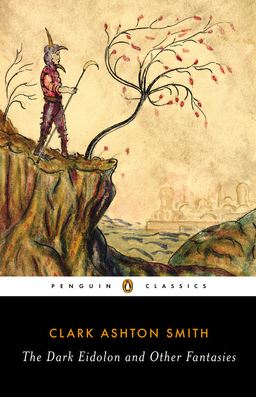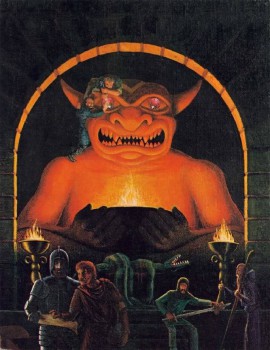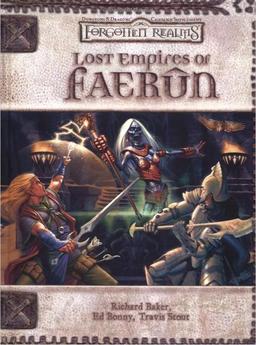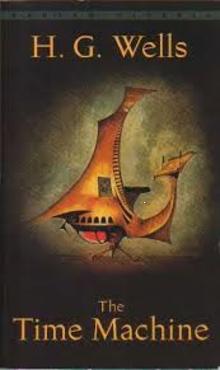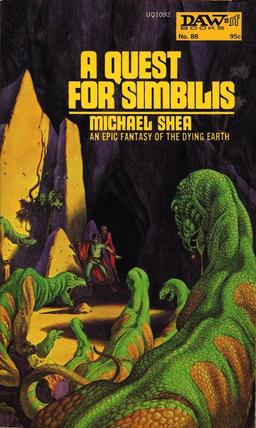 The stories that surround Michael Shea’s first novel, A Quest for Simbilis, have the stuff of legend.
The stories that surround Michael Shea’s first novel, A Quest for Simbilis, have the stuff of legend.
In the early 70s, Michael found a copy of Jack Vance’s Dying Earth novel The Eyes of the Overworld in the lobby of a hotel in Juneau, Alaska. The book stayed with him for four years, through a brief first marriage and extensive travels, hitch-hiking through France and Spain, until he sat down to write an homage to Vance and a sequel to his novel. It was published in paperback by DAW Books in 1974 and was a finalist for the British Fantasy Award.
There are dangers to playing in someone else’s playground, and some at the time saw Michael as a dabbler, not really serious about writing. But nothing could have been further from the truth, as his wife Lynn noted in the announcement of his death at Michael Shea’s website on March 7th.
Michael published his first novel, A Quest for Simbilis, in 1974, and for all the years that I knew him, he wrote almost every day. Novels, short stories, and, his first love, poetry poured out of him up through the very last day of his life. Some thought of Michael as reclusive, when in fact he was just old-fashioned, a writer’s writer. Once a piece was perfect, he wanted to set it aside, forget it, and begin the next project. Even so, we, his family, feel that, along with our memories, his written works are what we still have of him.
Michael’s family have now turned his website into a forum where his friends and fans can “share their experiences, both literary and personal, as well as find access to new releases and formats of his work.” Visit the site here.
Jack Vance graciously declined to share the advance offered by DAW Books for A Quest for Simbilis, but allowed the book to be released as an authorized sequel to his Dying Earth novels. Eventually, Vance took the series in a different direction when he published a third book, Cugel’s Saga, in 1983.
…
Read More Read More
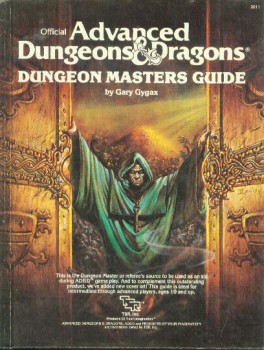 Scott Taylor’s massive survey of the top artists working in the role playing industry since its birth — the latest in his popular Art of the Genre series — was our most popular article last month.
Scott Taylor’s massive survey of the top artists working in the role playing industry since its birth — the latest in his popular Art of the Genre series — was our most popular article last month.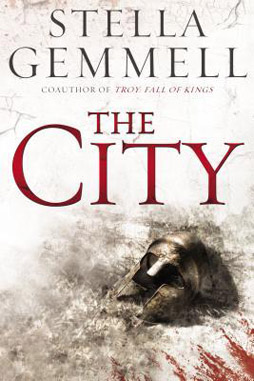 A little while ago, I stumbled on a book that seemed especially worth writing about here: The City, by Stella Gemmell. It’s Gemmell’s first solo novel; she also completed Troy: Fall of Kings, the last book by her late husband, David. David Gemmell was a widely-known heroic fantasy writer — those unfamiliar with his work can see
A little while ago, I stumbled on a book that seemed especially worth writing about here: The City, by Stella Gemmell. It’s Gemmell’s first solo novel; she also completed Troy: Fall of Kings, the last book by her late husband, David. David Gemmell was a widely-known heroic fantasy writer — those unfamiliar with his work can see 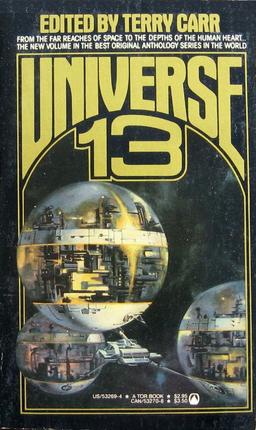
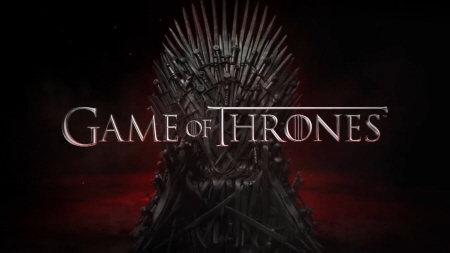
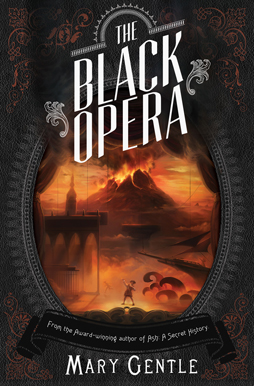 Two years ago, veteran author Mary Gentle’s most recent novel The Black Opera was published to mixed reviews. Some liked the book’s mix of alternate-history fantasy and comic-opera theatricality — as the sub-title has it, “a novel of Opera, Volcanoes, and the Mind of God.” Others,
Two years ago, veteran author Mary Gentle’s most recent novel The Black Opera was published to mixed reviews. Some liked the book’s mix of alternate-history fantasy and comic-opera theatricality — as the sub-title has it, “a novel of Opera, Volcanoes, and the Mind of God.” Others, 
